How to Buy Snorkeling Gear for an Underwater Adventure
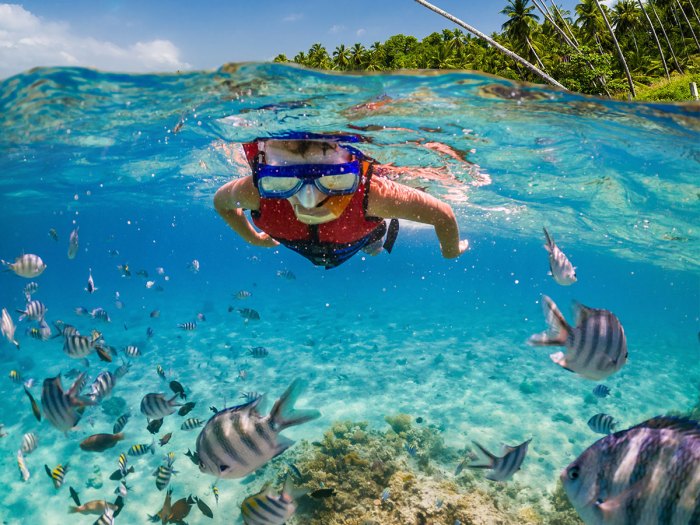
The underwater world is magical. With snorkel or scuba gear, you can observe fish, coral and other aquatic life in this wondrous environment.
Snorkeling offers the most affordable and accessible way to explore, and with some basic gear, anyone can do it. California-based scuba instructor Darrick Cusick has dived in almost every state. He says you can get started in snorkeling for less than $150.
“Save your allowance, and make sure you enjoy the activity before you invest,” says Cusick, a master scuba diver trainer.
Scuba diving requires certification and costly specialized gear, most of which you’ll want to rent until you’ve stopped growing.
Review the Scuba BSA program, which details the safety and training you’ll need to do this advanced aquatic activity. You can try it at some council camps or Sea Base, the BSA high-adventure base in Florida. Your unit can dive independently, but only under the supervision of adults with a divemaster or higher rating.
SNORKELING GEAR
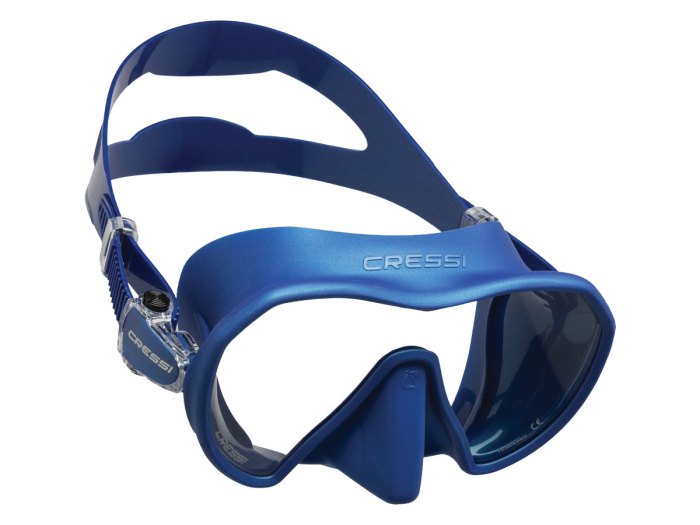
A good mask lets you see underwater. Use a traditional mask, not a full-face version. To test if a mask fits, press it against your face without using the head strap and breathe in through your nose. The mask should suction to your face. No air should seep in around the seal once it’s suctioned on. If air comes in, water will, too. Cusick recommends the CRESSI FRAMELESS ZS1 or Z1 (both $60, cressiusa.com), depending on your face size.
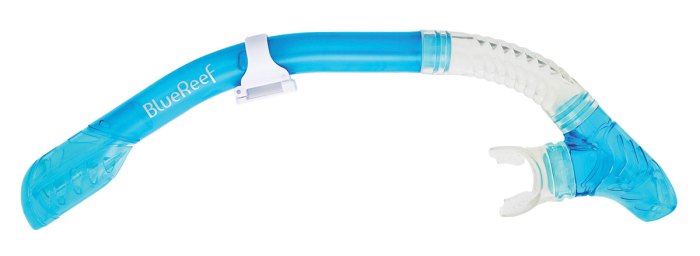
Next, you need a snorkel, which is a tube with a mouthpiece, to help you breathe when your face is in the water. The mouthpiece goes in your mouth, and the tube clips into a holder attached to your mask so the tube’s end can stick out of the water.
Dry snorkels are the most user-friendly, because they don’t let water in — even if a wave washes over your head or you dive underwater. Try the BLUE REEF CORTES DRY SNORKEL ($15, scuba.com).
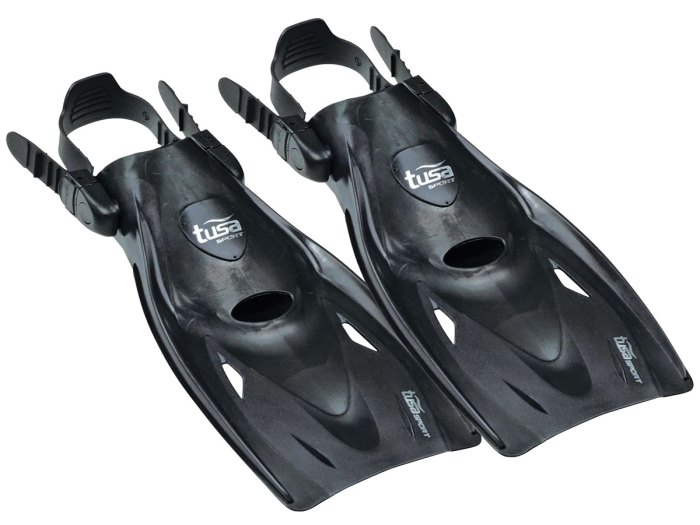
Fins propel you through the water. Cusick says to keep it simple with adjustable strap fins that are light, 18 inches or less, and easy to move. One good option is the TUSA SNORKELING FIN ($40, tusa.com).
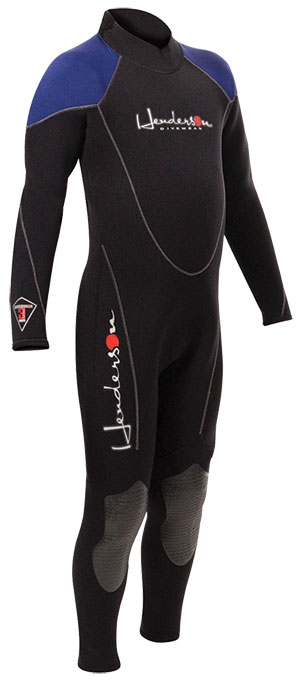 In tropical waters, a bathing suit and T-shirt or rash guard to prevent sunburn are all you need.
In tropical waters, a bathing suit and T-shirt or rash guard to prevent sunburn are all you need.
For colder water, use a warm-when-wet insulating wetsuit. The thicker the wetsuit, the warmer it is. When the water measures between 60° and 75°F, use a 4- to 6-millimeter wetsuit. For 45- to 60-degree water, choose a 7mm wetsuit. In water colder than that, you’ll need a dry suit and other cold water-specific gear.
Full wetsuits are ankle length with full arms. “Shorties” — great for warmer water — have short sleeves and legs. Cusick recommends HENDERSON WETSUITS, which are available in kids’ and adult sizes (starting at $73, depending on style and size, hendersonusa.com).
SCUBA DIVING GEAR
For scuba diving, you’ll need a buoyancy compensator device (BCD) and air tanks. You’ll also need a regulator, which is the mouthpiece you breathe through underwater. Most new divers rent these on location as well as other equipment. And, most important, you’ll have to take an open-water diver certification course, which is part of the Scuba Diving merit badge.
Leave a Comment